Hello to all! Continuing to study the places of worship of my country, I am constantly surprised by their architecture and history. Many old cities are directly connected with temples and Mogilev is no exception. The Catholic Cathedral of the Assumption of the Virgin Mary and St. Stanislaus is one of the main architectural gems of the city. This place is different from many others. A few legends associated with the construction of this temple fuel the interest of tourists.
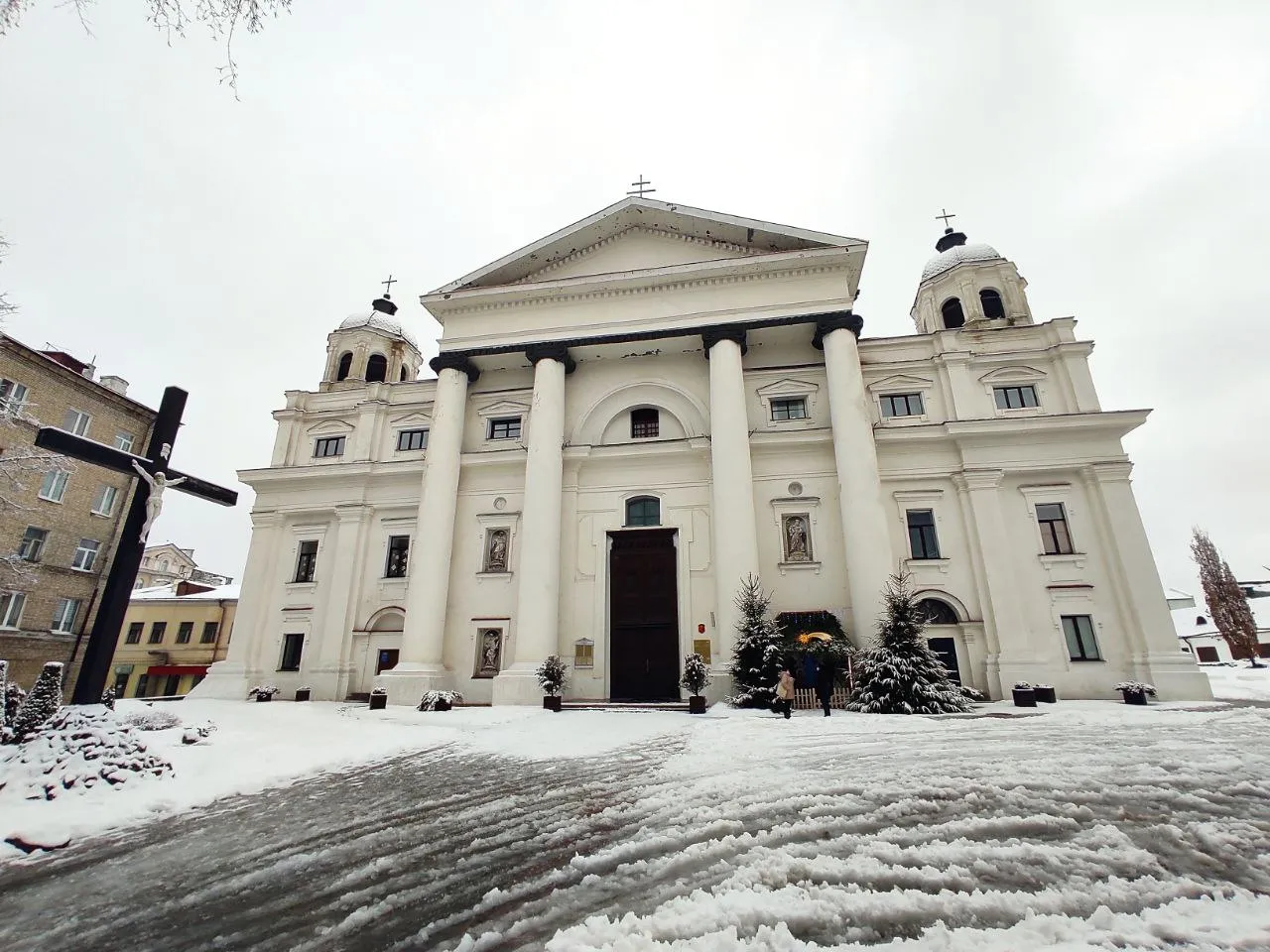
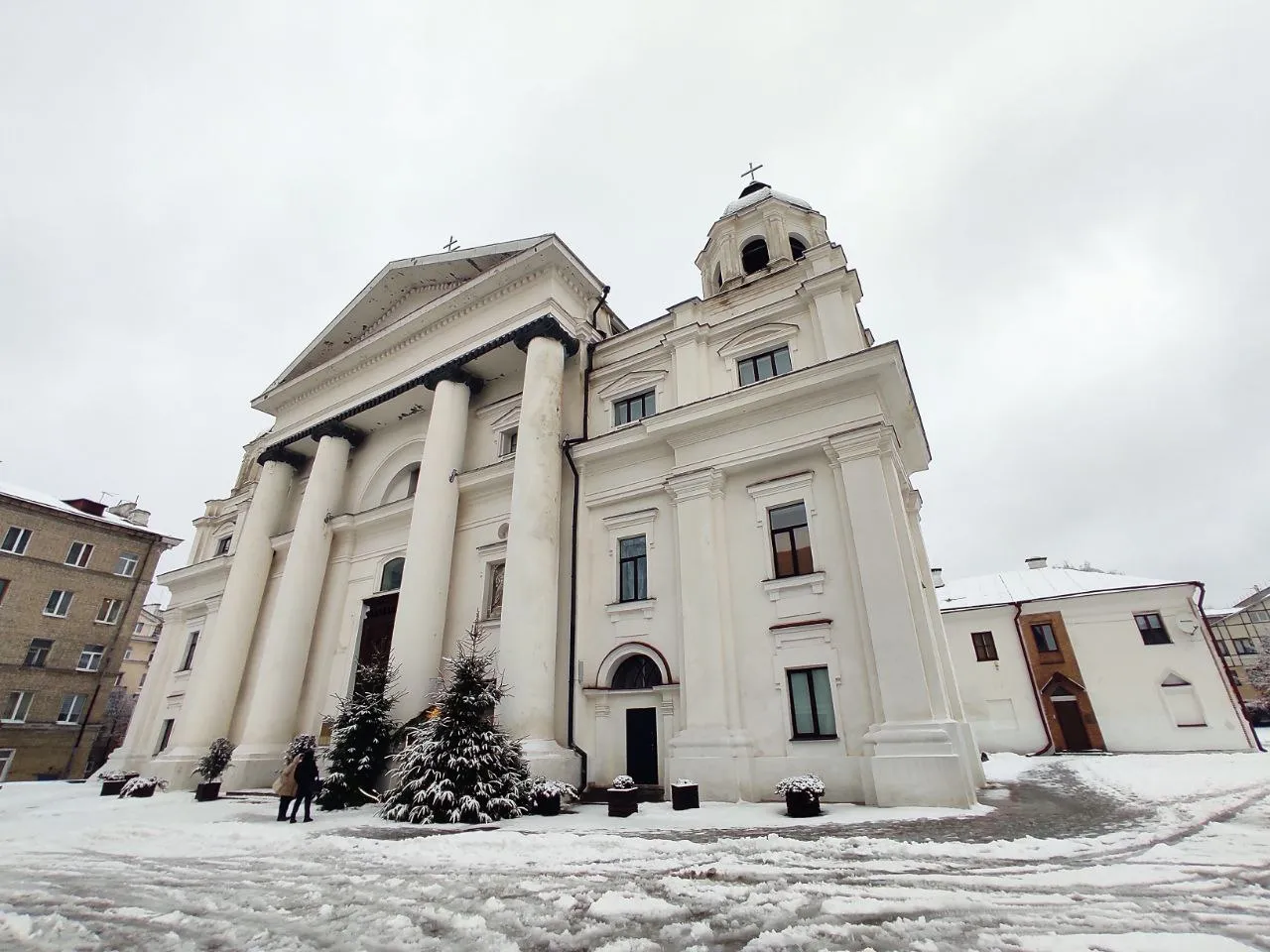
The church was built in the Western European Baroque style. Perhaps for this reason, to some people it resembles Roman cathedrals. On the day of my visit on January 6, the cathedral was closed, so I had to limit myself to only the external decoration. Previously, a Carmelite church was located on this site. Cypriots and stones of various sizes were found in the foundation of the church. This is due to two versions of the building.
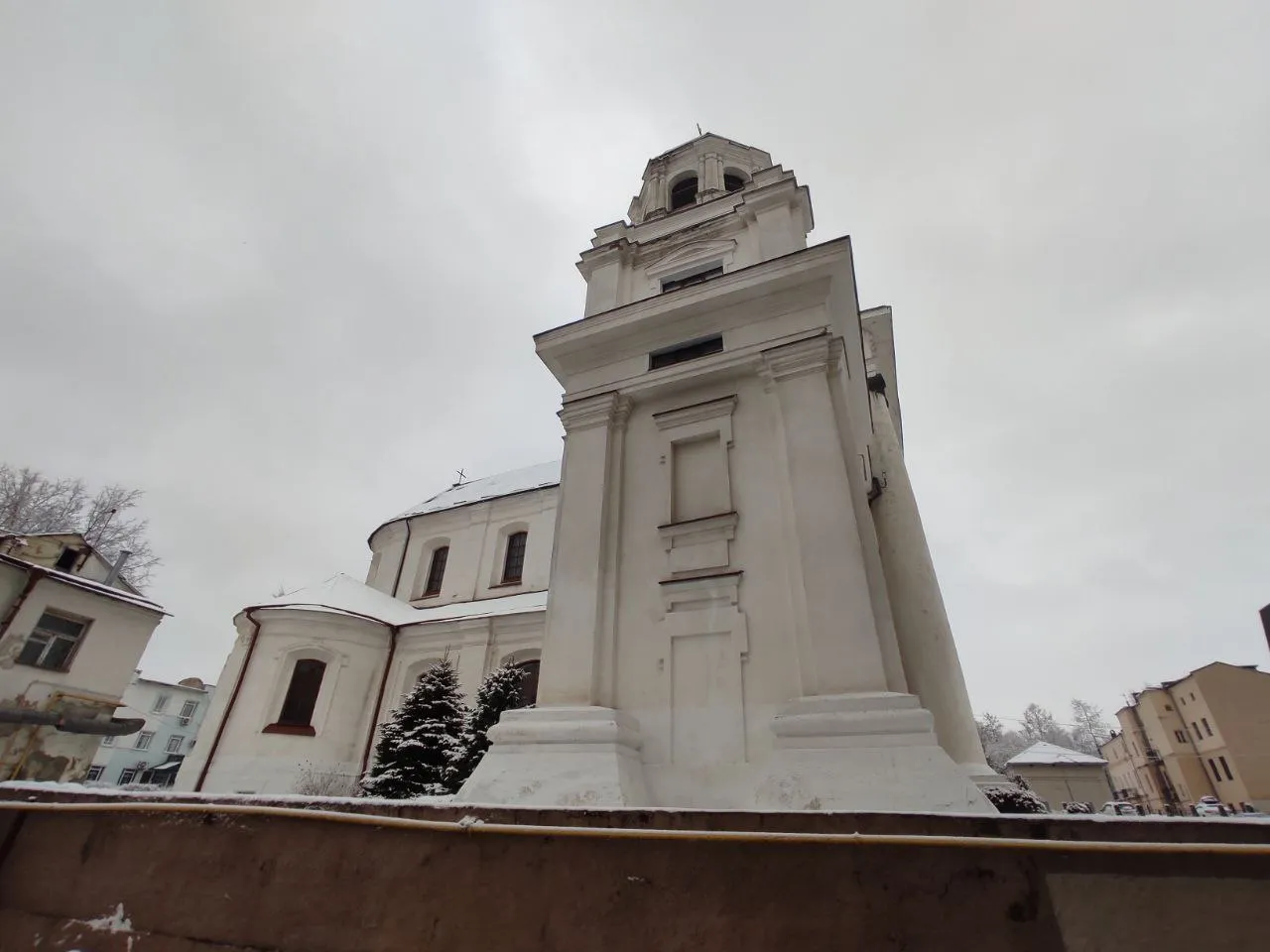
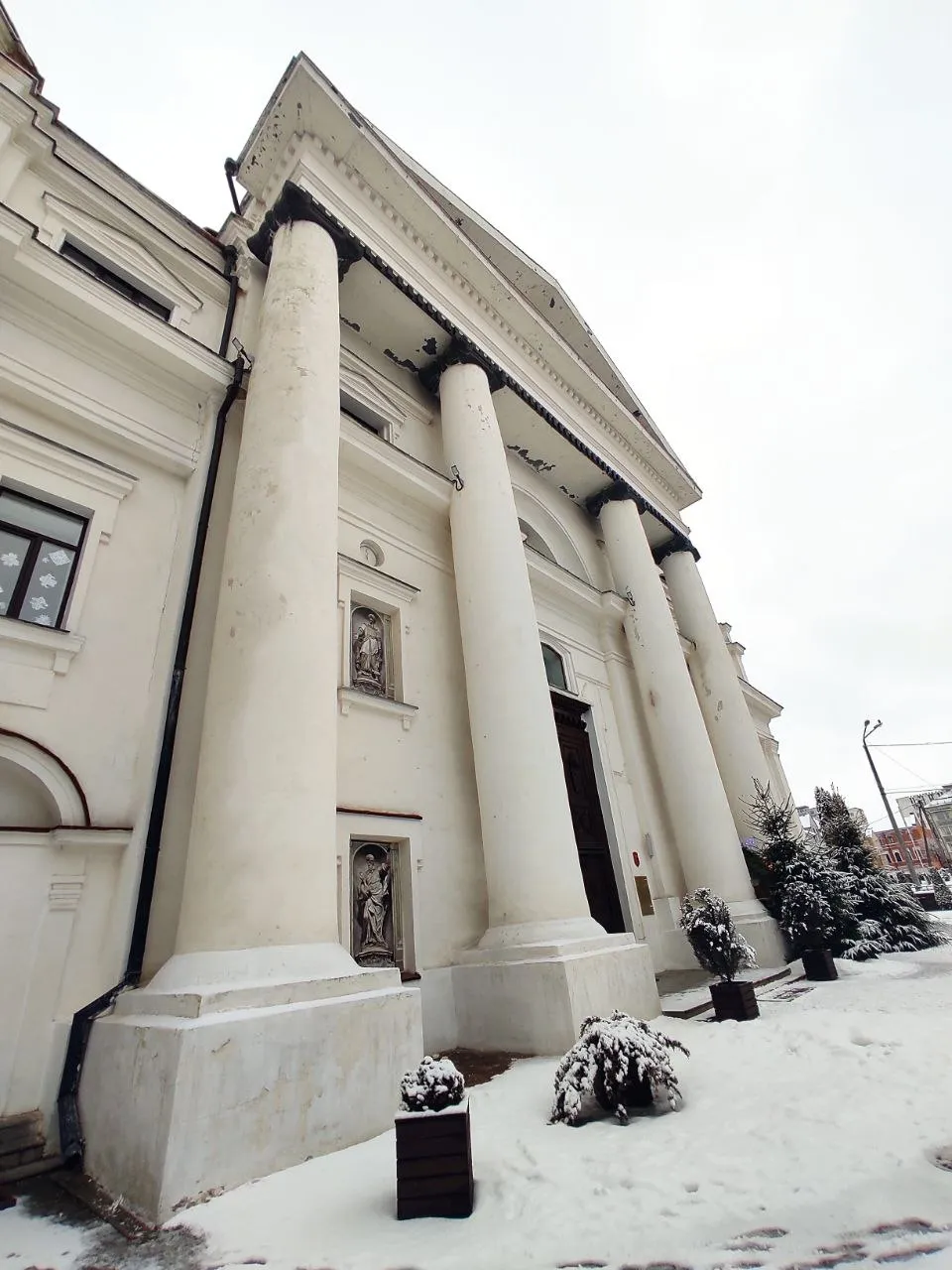
According to one of the legends, the history of the temple began in the distant 1692, when the townspeople killed the evil criminal Lubuzh Zenkovich. In retaliation for this, the angry Polish king Jan Sobieski ordered the construction of a Carmelite cathedral church on the site of the murder. The stone houses and stoves of the townspeople became the basis for it. This is probably one of the explanations for the presence of stones of various sizes in the foundation of the church. In addition, some of them are burnt, which means they were "furnace".
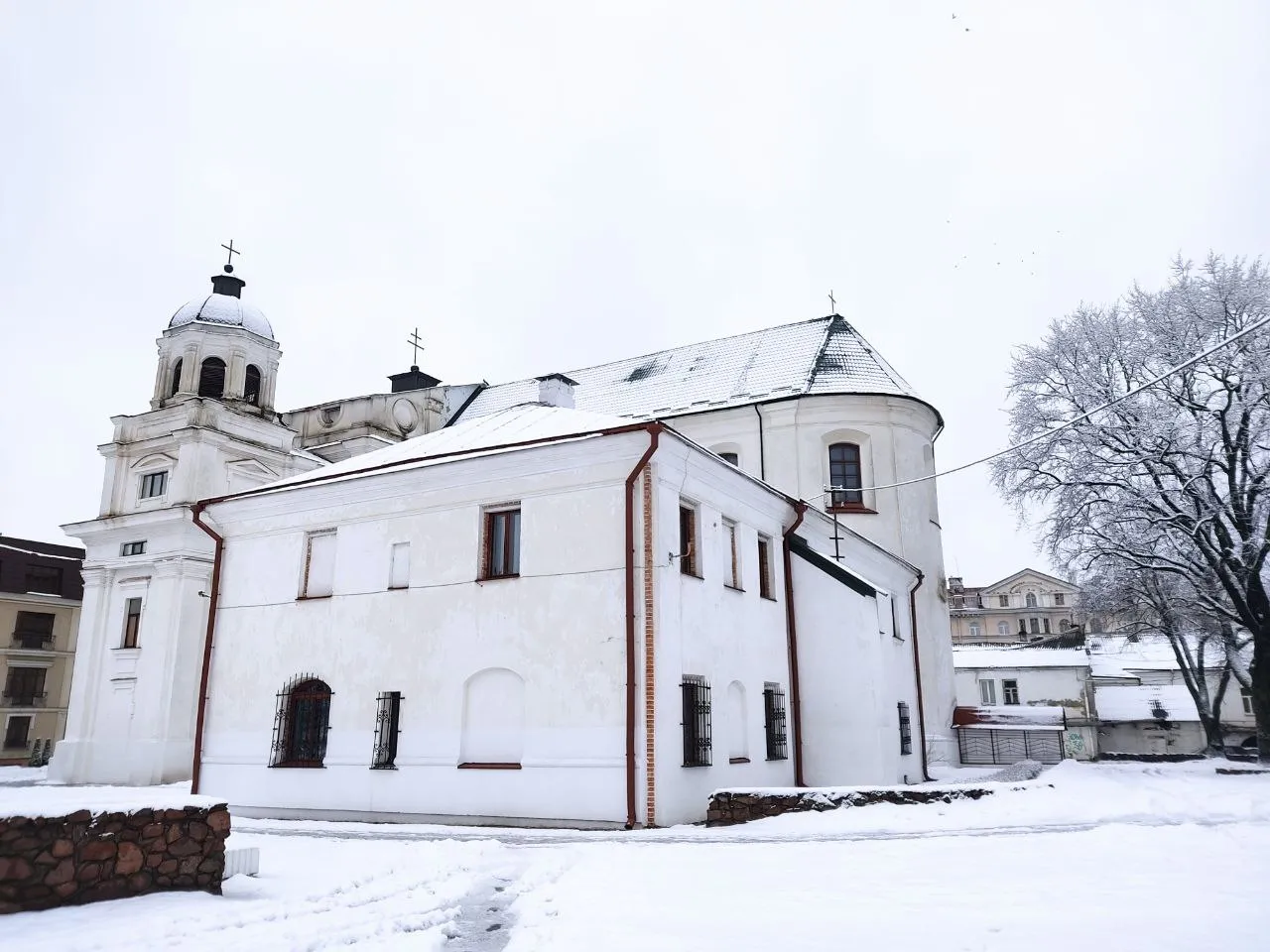
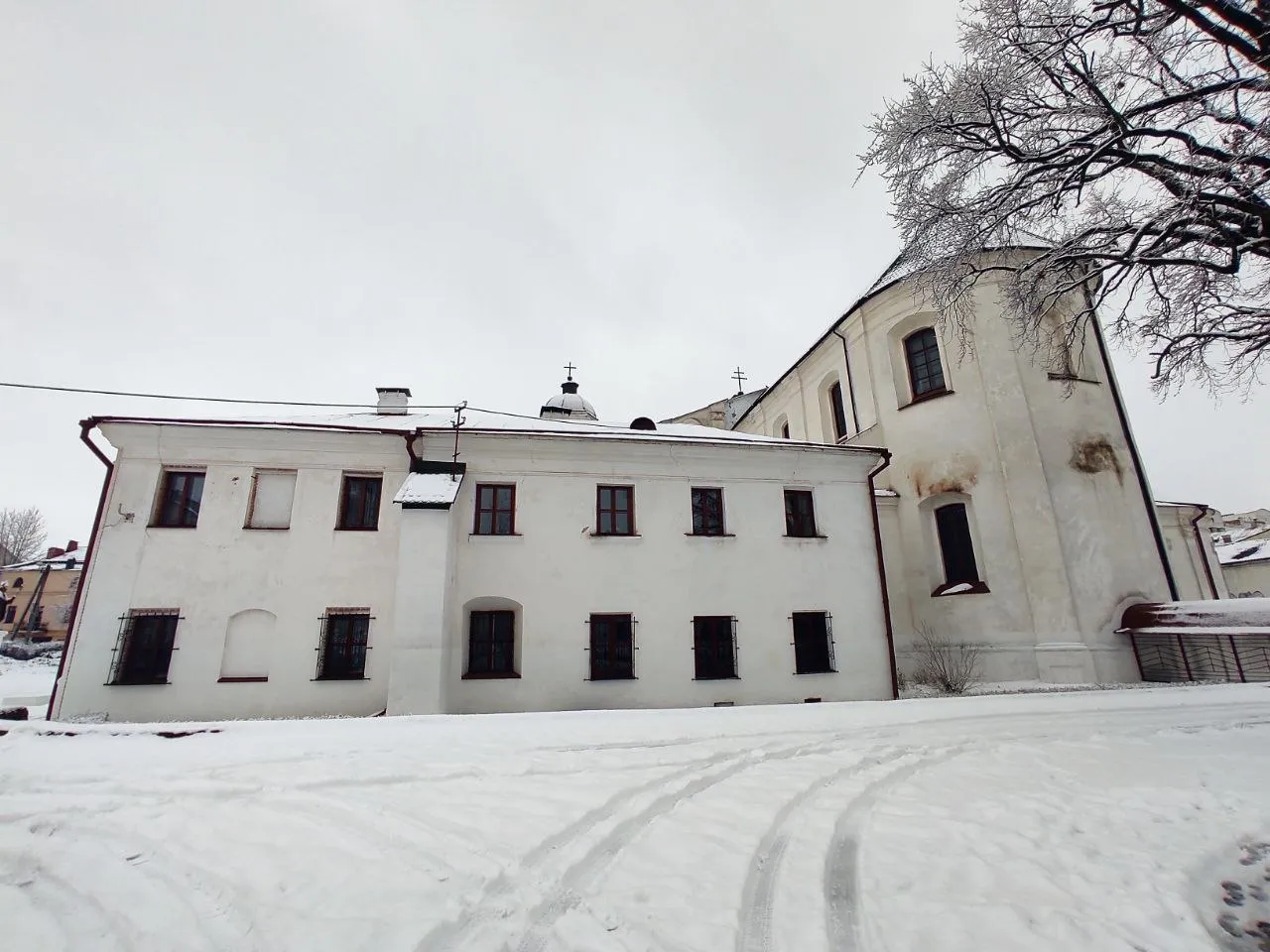
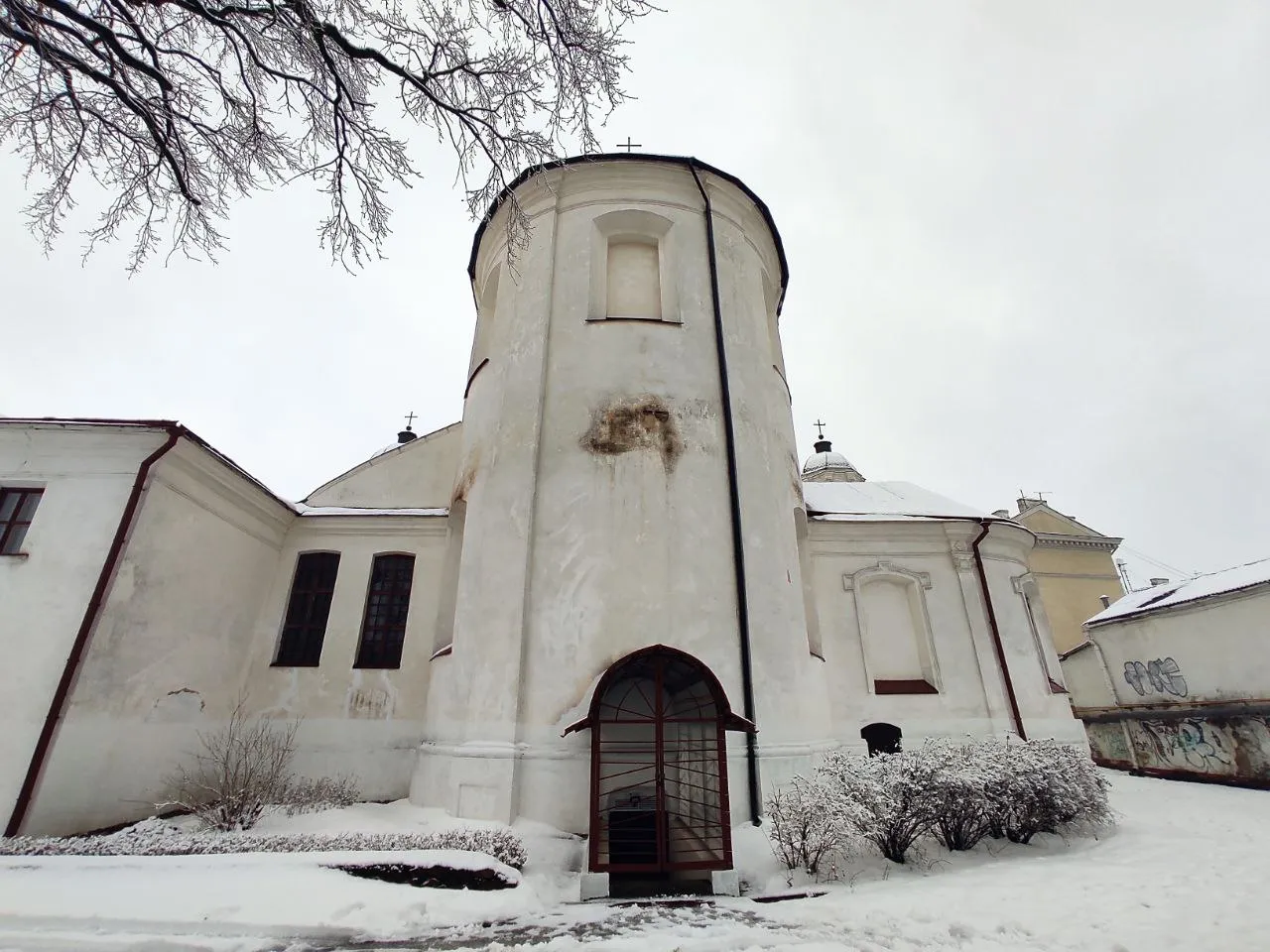 The reverse side of the Church in which the altar is located.
The reverse side of the Church in which the altar is located.
According to another version, the ancient wooden church was built by adherents of the Catholic orders of the Bernardines, Jesuits, Carmelites. In the 16th century they fortified in Mogilev. However, in 1730, by order of Peter I, Mogilev was set on fire and many buildings burned down along with them and a wooden church. For the construction of the new building, bricks and stones were taken from nearby burnt buildings. This also explains the theory that a lot of different material was found in the foundations of the Cathedral of the Assumption of the Virgin Mary.

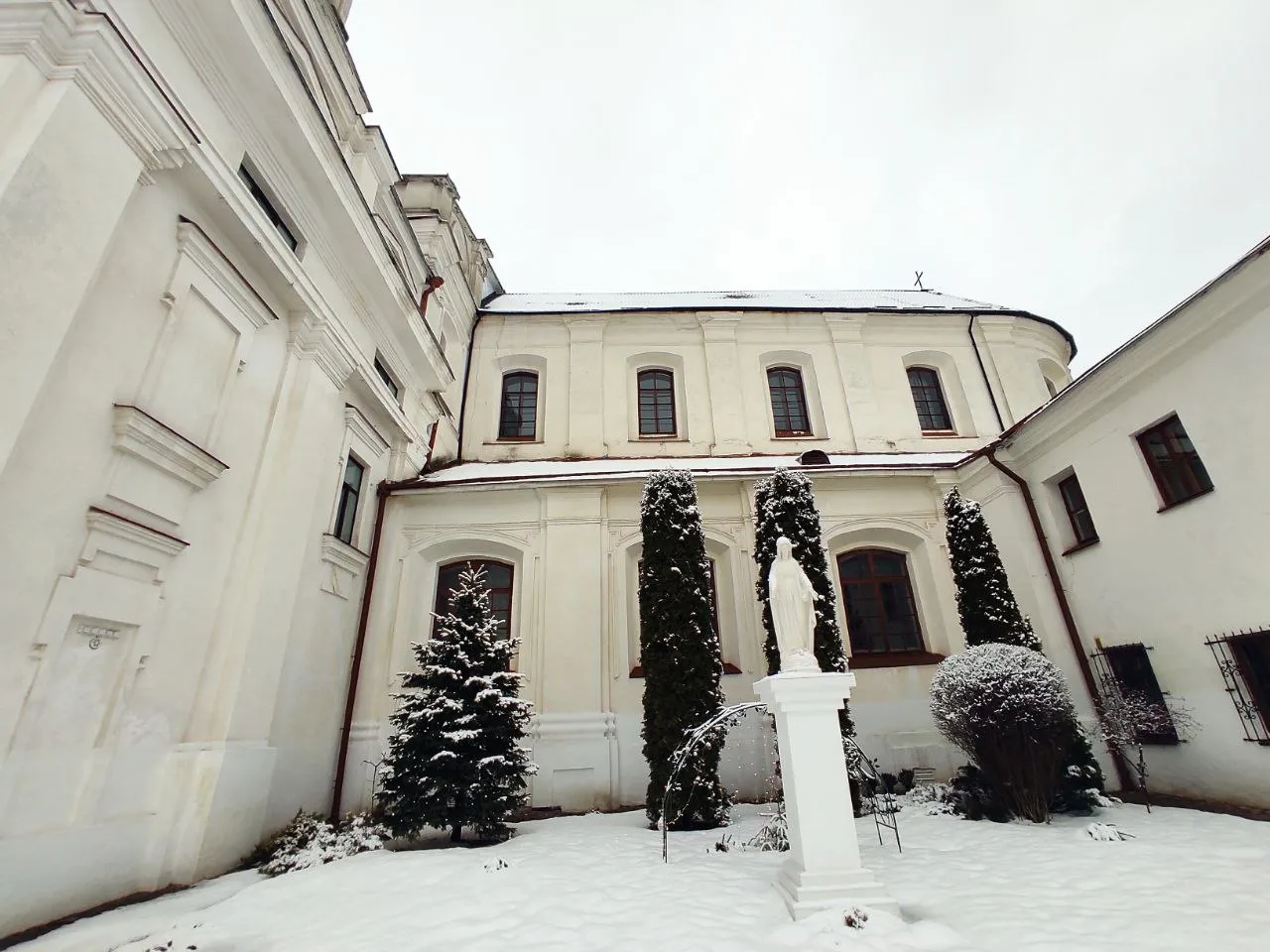
The main entrance to the Cathedral of the Assumption of the Virgin Mary welcomes parishioners with a majestic dagger with four columns. The main door is divided not only vertically but also horizontally. This is a massive wooden door visually four human heights high. Looks majestic. In addition, the faces of holy people are placed between the columns.
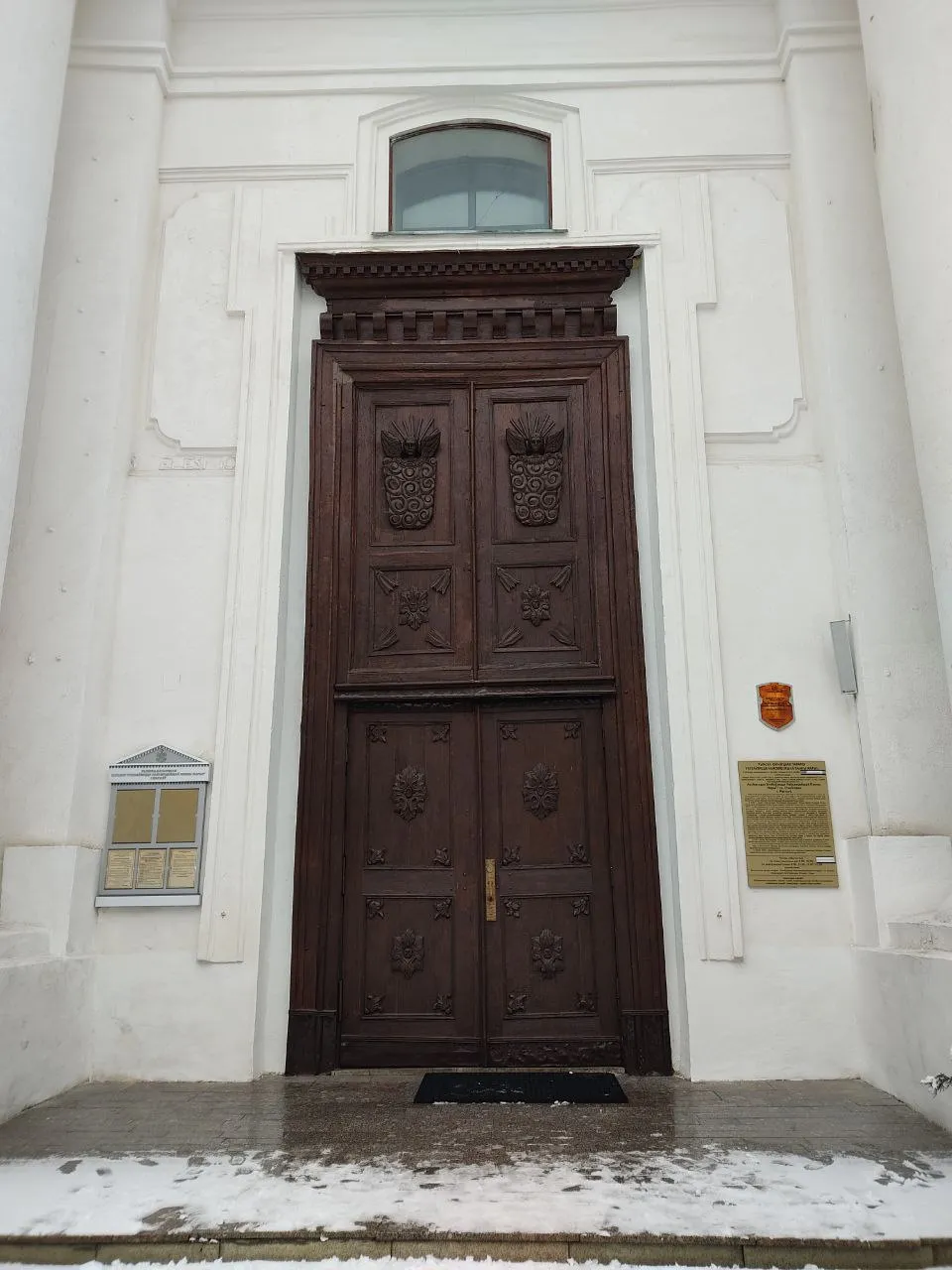
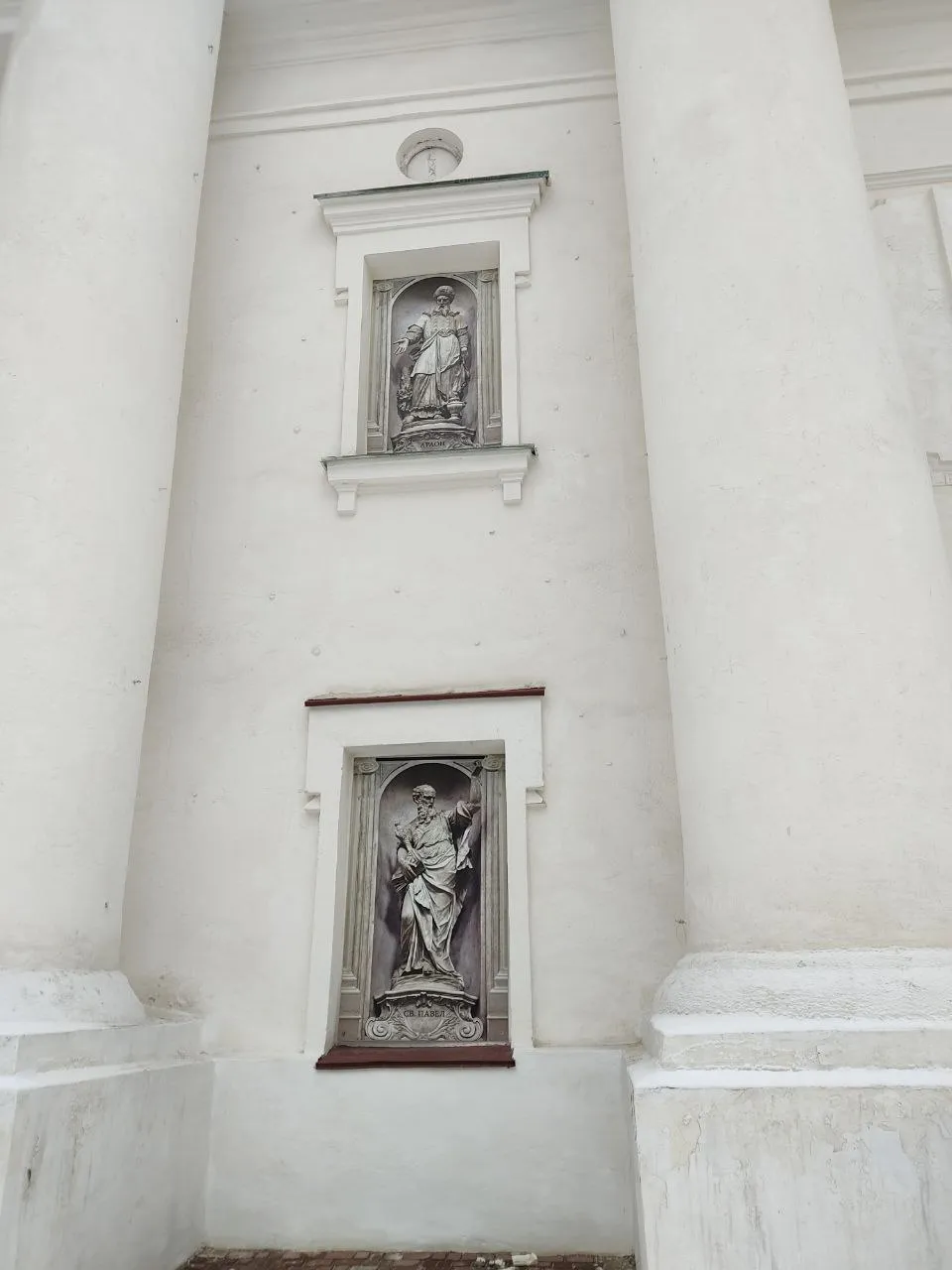
The facade of the building is snow-white, but currently needs a little restoration. On the sides are majestic towers thanks to which the cathedral looks symmetrical. Altars are located inside these places, and there are seven altars in total in the cathedral. Amazing.
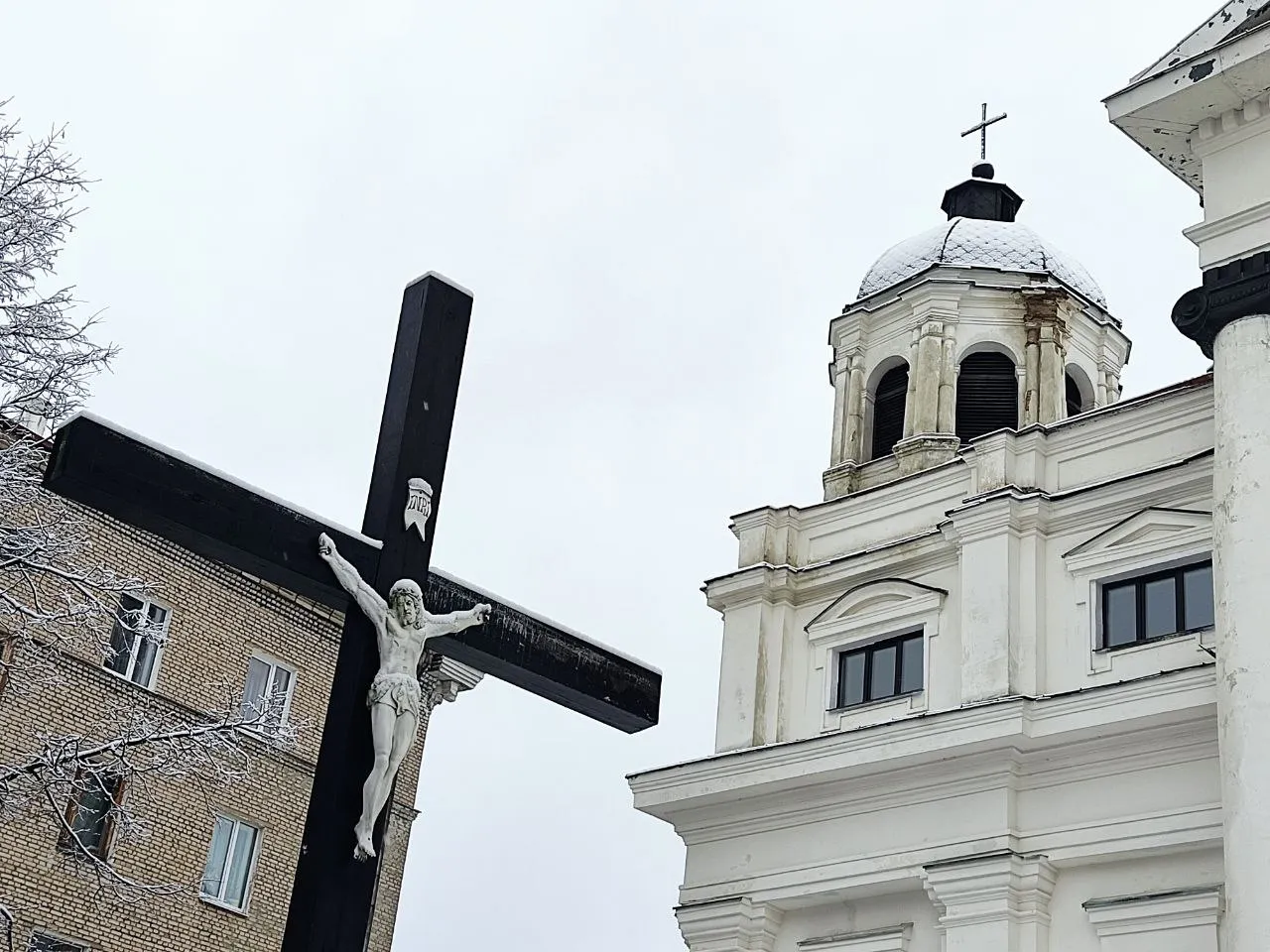
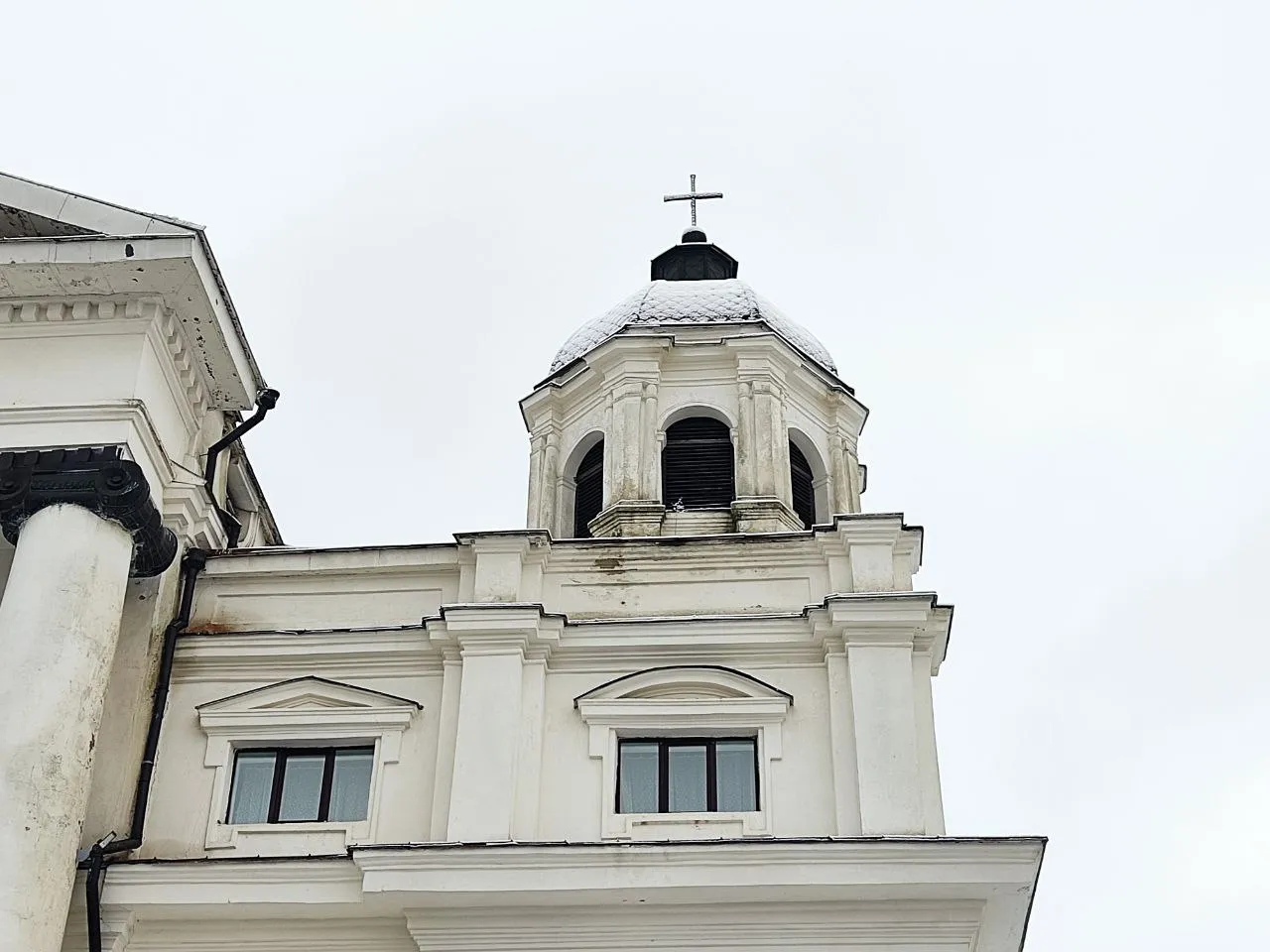
Near the cathedral is a statue of Pope John Paul II. He looks very friendly. Apparently, Belarusian churches are subordinate to the Polish Catholic Church. John Paul II was born in neighboring Poland. Apparently this is no mere coincidence.
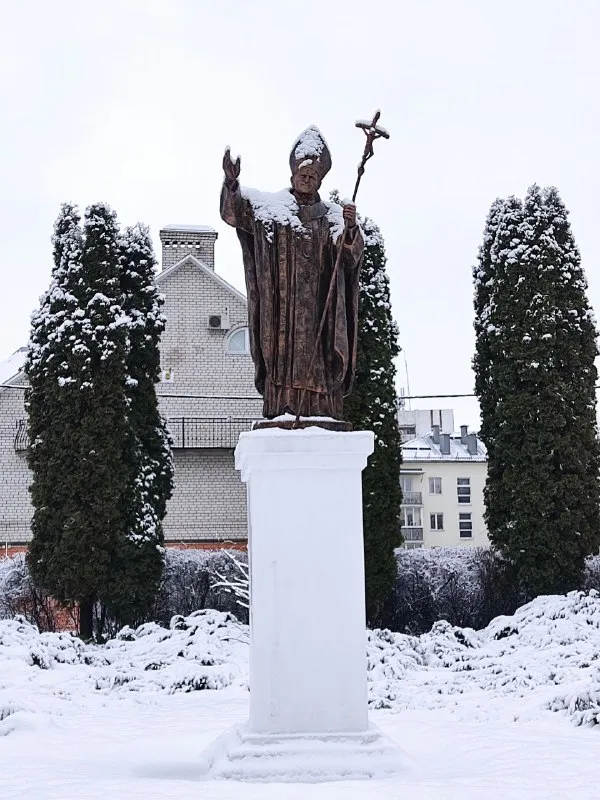
Currently, the Cathedral of the Assumption of the Virgin Mary and St. Stanislaus is located in the historical part of the city. It is on the next street to the famous Drama Theatre, which I told you about earlier. This is an excellent location for tourists and residents of Mogilev. Residential buildings are located around the cathedral building and this combination looks authentic.
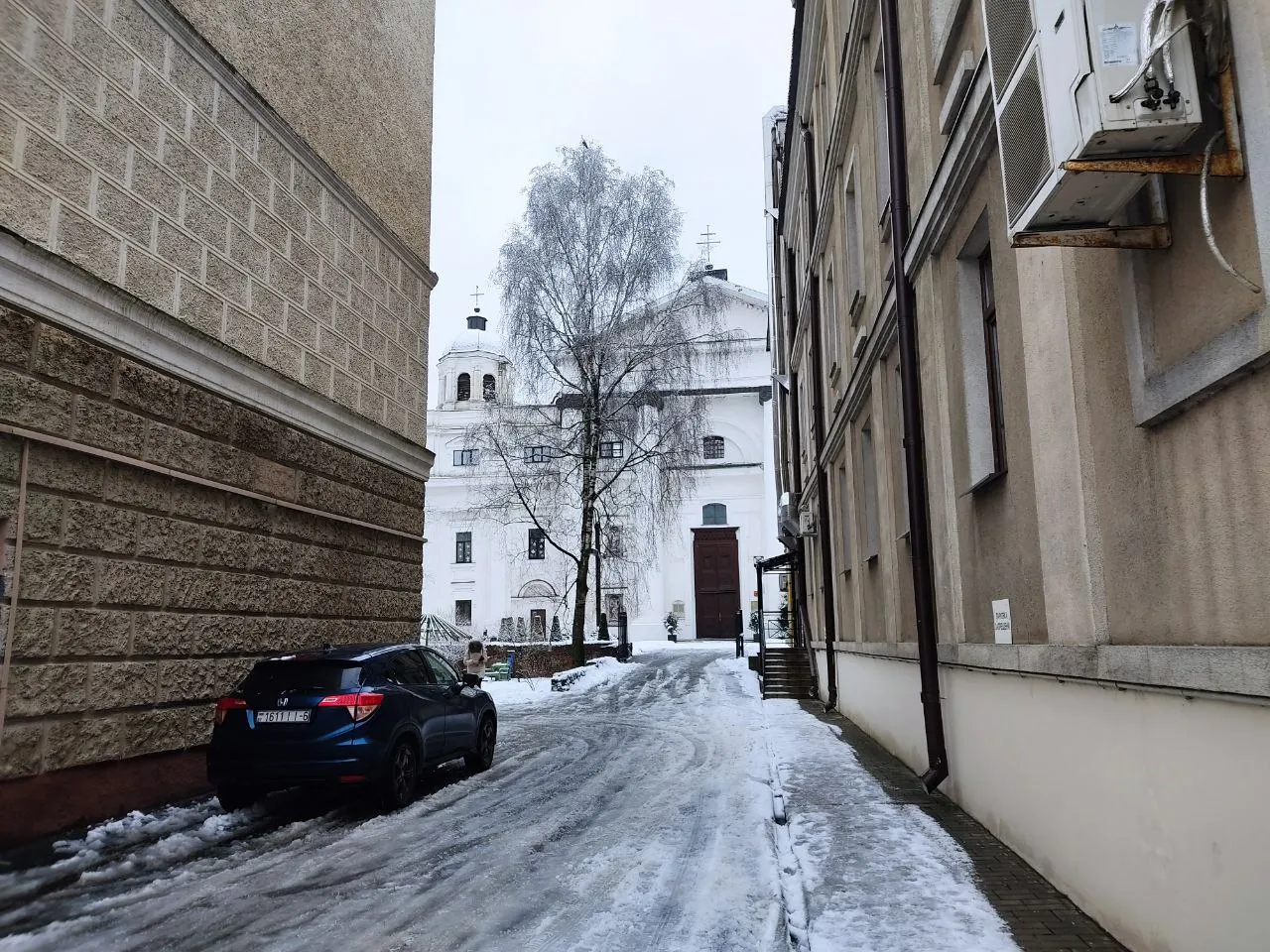
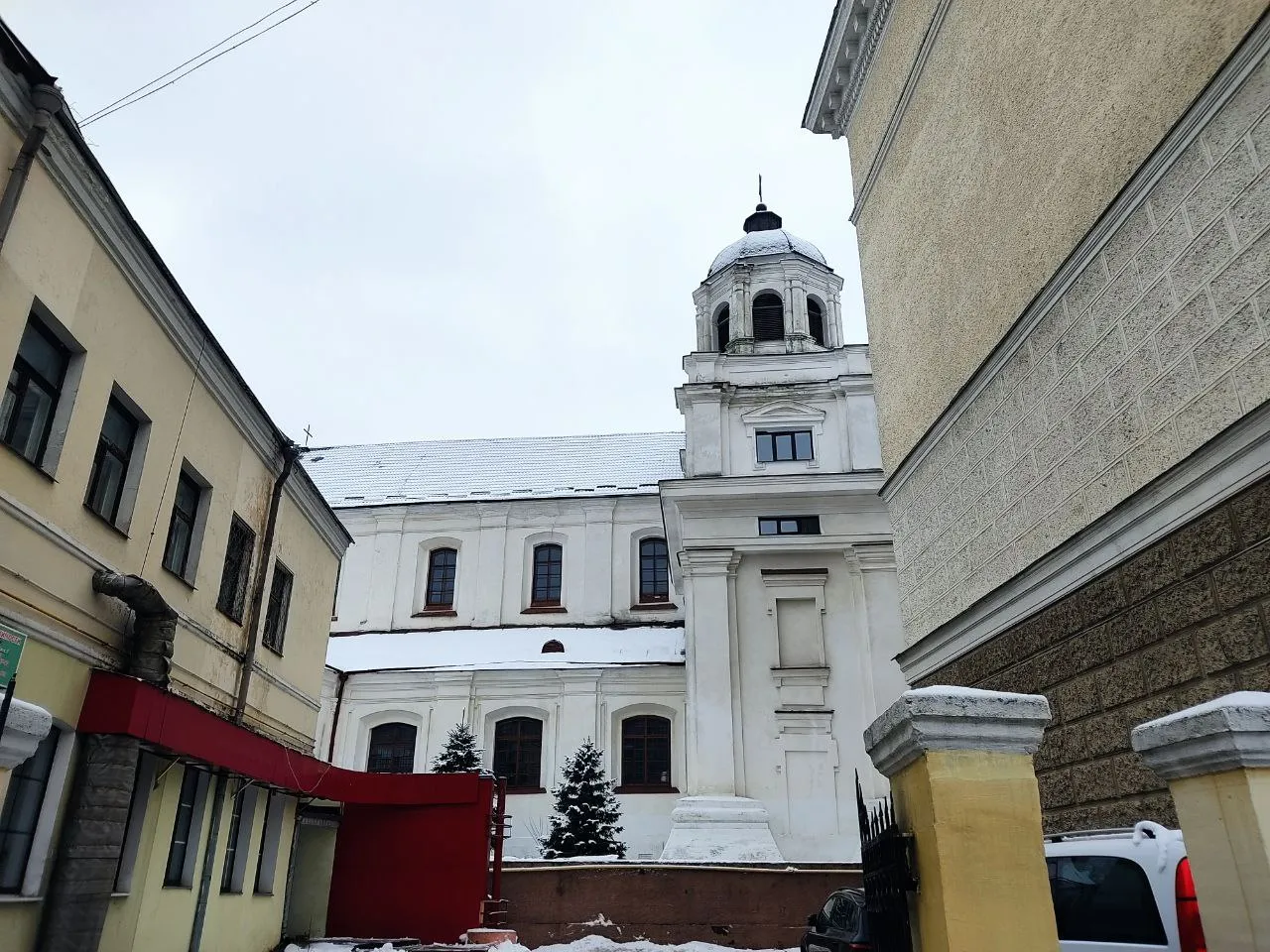
The Catholic Cathedral of the Assumption of the Virgin Mary made an indelible impression on me. This is a kind of Polish heritage that is hidden from view in the residential streets of a big city. This is a place with a rich history that deserves attention. But the temple still has something to surprise. In the future, I will definitely be inside and tell you about the most original painting of Western and Eastern Belarus.
Photo information:
Author: @danny.green
Camera: Xiaomi Redmi note 9 pro
Location: Mogilev, Belarus
Thanks to everyone who reads and supports. Best regards from @danny.green.